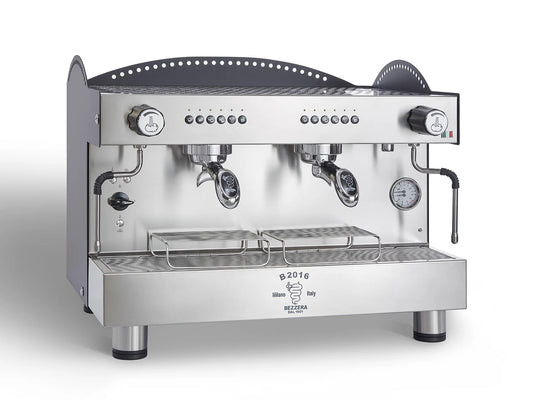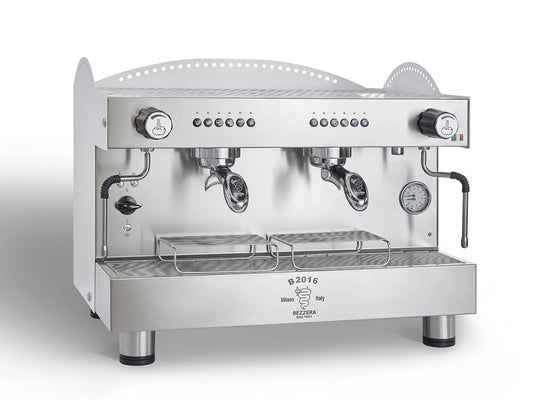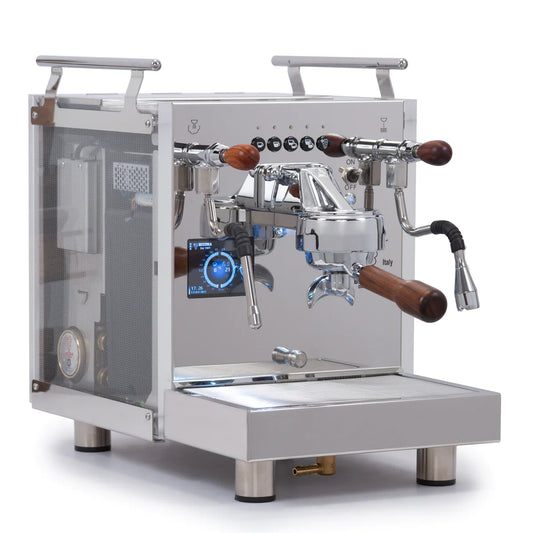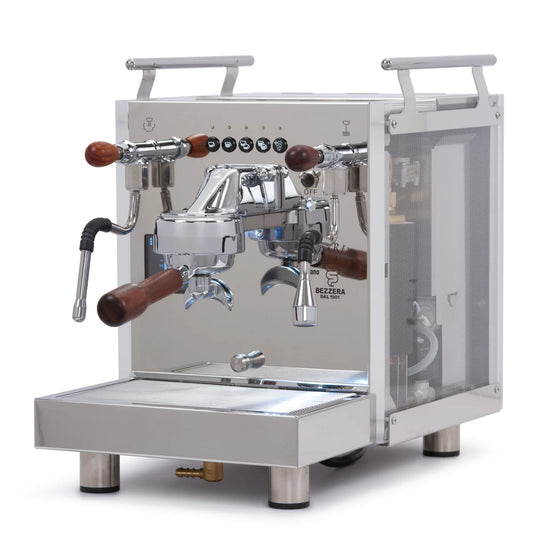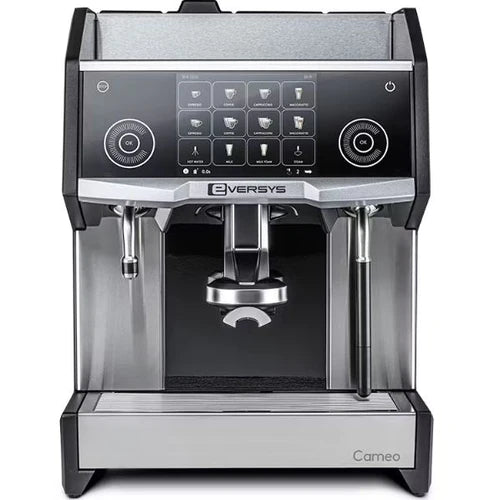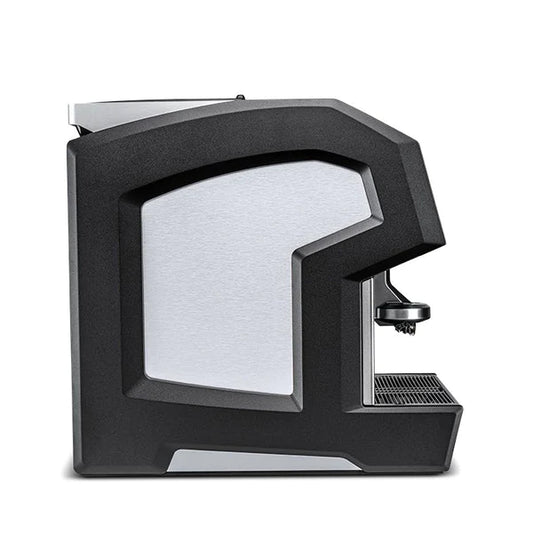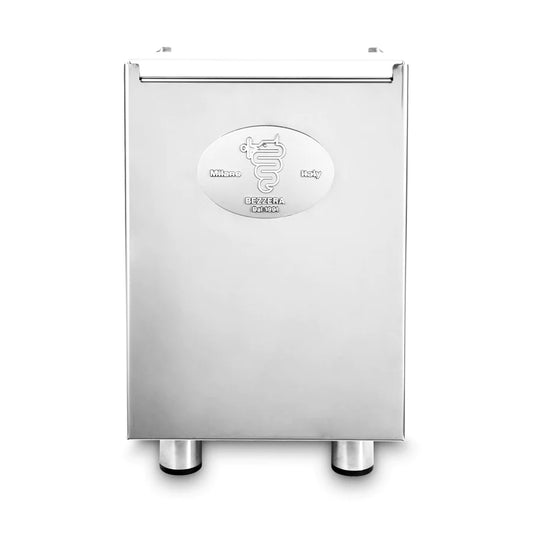Pour-Over vs. Drip Coffee: Which Brewing Method Reigns Supreme?
Table of Contents
- Key Highlights
- Introduction
- Pour-Over Coffee: A Ritual of Control and Flavor
- Drip Coffee: Convenience at Its Core
- Which Brewing Method Has More Caffeine?
- Flavor Profile: An Experience Beyond Caffeine
- Brewing Equipment and Techniques
- The Coffee Experience as a Whole
- Is One Brewing Method Better Than the Other?
Key Highlights
- Pour-over coffee offers more control and flavor clarity compared to drip coffee, which prioritizes speed and convenience.
- While drip coffee generally has higher caffeine content, pour-over can provide a stronger dose per ounce depending on the brewing method.
- Experts advocate for pour-over coffee as the better quality option, particularly for those who appreciate a nuanced coffee experience.
Introduction
The aroma of freshly brewed coffee is a universal morning ritual, setting the tone for the day ahead. Among coffee lovers, two brewing methods frequently spark debate: pour-over and drip coffee. While both can produce a satisfying cup, they differ significantly in preparation, flavor, and caffeine content. Understanding these differences may enhance your coffee experience, whether you savor each sip or need a quick caffeine fix. This article delves into the key distinctions between pour-over and drip coffee, examining their brewing processes, flavor profiles, caffeine content, and overall appeal.
Pour-Over Coffee: A Ritual of Control and Flavor
Pour-over coffee is a meticulous, hands-on brewing method that emphasizes control over every step of the coffee-making process. It begins with high-quality coffee beans, which are typically ground to order for optimal freshness. Water temperature, flow rate, and steeping time can all be adjusted, allowing the user to fine-tune how the coffee extracts flavors from the grounds.
A typical pour-over setup involves a cone-shaped brewer—often made of glass, ceramic, or metal—and a paper or metal filter. Coffee enthusiasts appreciate this method because it enables exploration of the intricate flavor notes in specific bean varieties. Christopher Alspach, co-founder of Oval Coffee Roasters, remarks, “Pour over lets you really fine-tune the brewing process, and that can enhance flavor in some truly amazing ways, especially with high-quality beans.” This process also highlights the unique characteristics of single-origin beans, allowing coffee drinkers to appreciate terroir and cultivation differences.
Pour-over brewing requires patience. The manual aspect involves gradually pouring hot water over the coffee grounds, watching as the coffee flows down into a vessel below. Due to its leisurely nature, pour-over coffee is often associated with intentionality and appreciation—a stark contrast to the quicker, automated drip coffee method.
Drip Coffee: Convenience at Its Core
In contrast, drip coffee represents the epitome of convenience. Automated coffee machines can prepare multiple cups at once with minimal input from the user. This method simply requires filling the water reservoir and an appropriate amount of coffee grounds, with the machine taking care of the rest. For many, this ease of use is a decisive factor.
Shonali Paul, founder of Paul John Caffeine, describes drip coffee as “a little less precise,” acknowledging that while it can produce a drinkable coffee, it lacks the flavor complexity of pour-over. The coffee brewed in this manner tends to have less control over variables, leading to variable flavor profiles.
Developments in drip coffee technology—such as Keurig machines—have popularized single-serve options, increasing accessibility for those who may not have the time or inclination to delve into the intricacies of pour-over brewing. However, many coffee aficionados argue that this convenience often comes at the cost of quality and flavor.
Which Brewing Method Has More Caffeine?
When considering caffeine content, many people wonder which brewing method packs a stronger punch. Drip coffee generally contains more caffeine overall. This is largely due to the larger quantities often brewed and the higher coffee-to-water ratio commonly used in these machines. Juan Palacios, a barista at Dialtone Coffee and Wine Bar, notes, “Drip coffee often contains more caffeine overall because it’s typically brewed in larger quantities.”
However, it’s essential to consider how each method is executed. Pour-over coffee, while brewed in smaller quantities, can be stronger per ounce if utilized correctly. The final caffeine concentration often hinges on the type of coffee bean and the brewing method's precision. Additionally, modern drip coffee machines—including those with ‘strong’ brew settings—can enhance caffeine extraction, further complicating the comparison.
The type of coffee bean initiated in the brewing process also plays a significant role. As Alspach points out, some budget-friendly drip coffees contain robusta beans, which naturally have higher caffeine content compared to arabica beans often preferred in specialty pour-over coffee. Therefore, while a drip brew may seem more potent in some circumstances, the differences ultimately come down to the beans and the brewing methodology employed.
Flavor Profile: An Experience Beyond Caffeine
While caffeine content is a factor for many coffee drinkers, flavor clarity and complexity often take precedence. Experts uniformly advocate for pour-over coffee as the superior choice for those seeking a truly remarkable coffee experience. This method, they assert, emphasizes the subtle flavors that can be lost in the more automated brewing process of drip coffee.
Pour-over coffee allows drinkers to truly savor the nuances of their chosen coffee beans. The ability to control factors such as water temperature and pouring technique contributes to a depth of flavor that sets it apart. Palacios suggests that this method is perfect for moments when you have leisure to appreciate the process: “Pour over is ideal when you have a little extra time and want to enjoy the process—it highlights the subtle flavors of the coffee, especially with single-origin beans.”
In comparison, drip coffee often leads to a more homogenized flavor profile, which, while convenient, can lack the elaborate character found in a well-prepared pour-over. The ease of use with drip coffee machines can result in a rushed preparation process, which may result in subpar taste.
Brewing Equipment and Techniques
A vital aspect of the coffee brewing experience is the equipment used. The pour-over method requires a few essential items: a pour-over cone, filters, a kettle (preferably a gooseneck for precision), and, of course, quality coffee beans. The simplicity of this setup appeals not just to purists but also to those who value craftsmanship in their morning ritual.
Pour-over devices come in various shapes and materials, each affecting the brewing experience slightly. Renowned brands like Hario and Chemex are popular for their elegant designs and efficiency. The gooseneck kettle is particularly important, allowing users to control the water flow and vertically pour the boiling water over the grounds.
Drip coffee machines vary widely in quality and features. Basic machines tend to be user-friendly and inexpensive, while more advanced models offer features such as temperature control, programmable settings, and brew strength adjustments. However, the rapid brewing nature can sometimes lead to over-extraction, compromising flavor.
The Coffee Experience as a Whole
Café culture has steadily evolved, with enthusiasts seeking not only the caffeine hit but also a complete experience. For many, these two brewing methods represent more than mere convenience; they symbolize different approaches to enjoying coffee. Pour-over coffee encourages mindfulness and engagement with the brewing process, while drip coffee often reflects a fast-paced lifestyle.
Establishments across the globe have begun to offer both options, catering to varying customer preferences. Many checkout counters display pour-over stations where baristas take time to prepare coffee while engaging with patrons. This trend underscores an increasing interest in craft coffee, highlighting the value of the human touch in crafting flavor.
Is One Brewing Method Better Than the Other?
Ultimately, personal preference plays a significant role in determining whether pour-over or drip coffee is superior. Pour-over coffee may be more desirable among enthusiasts and those who appreciate coffee as an experience rather than just a wake-up call. However, for busy individuals or those who prioritize convenience, drip coffee remains an efficient and satisfying choice.
Experts recognize that neither method is inherently “better” but rather serves different purposes. Drip coffee shines in its utility, suited for busy mornings or large gatherings. In contrast, pour-over is often associated with slower, more intentional consumption, ideal for serene mornings or special occasions.
In exploring these methods, it becomes clear that the best coffee is one that aligns with your daily rhythm and personal taste preferences. If you find yourself with a little extra time, pour-over coffee can elevate your appreciation for quality beans, while drip coffee stands ready to meet you during life’s hectic moments.
FAQ
What is the primary difference between pour-over and drip coffee?
Pour-over coffee is a manual brewing method that offers greater control and flavor clarity, while drip coffee is automatic and prioritizes convenience.
Which brewing method contains more caffeine?
Drip coffee typically has more caffeine overall due to larger quantities brewed. However, pour-over can be stronger per ounce depending on the coffee-to-water ratio.
Is one brewing method considered better than the other?
It depends on personal preference and circumstances. Pour-over coffee is often viewed as the superior option for flavor and experience, while drip coffee is ideal for quick and convenient brewing.
Can you brew specialty coffee using a drip coffee machine?
Yes, but achieving the nuanced flavors found in a pour-over may be more difficult. Certain advanced drip machines allow for custom settings, but the process is less precise than pour-over.
What types of coffee beans are best for pour-over?
Specialty coffee beans, particularly single-origin arabica, tend to yield the best results in pour-over brewing, highlighting the unique flavor profiles of each varietal.
How can I improve my drip coffee at home?
Use filtered water, select high-quality coffee, maintain clean equipment, and try experimenting with different coffee-to-water ratios to enhance your drip coffee experience.

